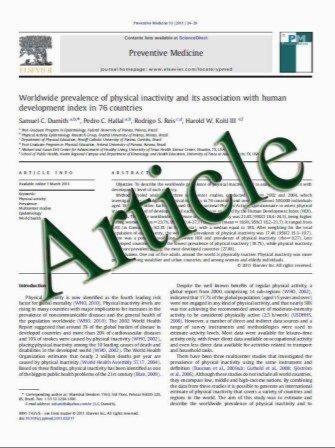Gastric By-pass with Fixed 230-cm-Long Common Limb and Variable Alimentary and Biliopancreatic Limbs in Morbid Obesity
- نوع فایل : کتاب
- زبان : انگلیسی
- مؤلف : José Hernández-Martínez & Miguel Ángel Calvo-Ros
- چاپ و سال / کشور: 2011
Description
Background Morbid obesity is a disease of increasing prevalence. Diet and exercise are not effective for excess weight loss (EWL) in most patients; therefore, different bariatric surgery procedures based in restriction or malabsorption, or a combination of both, i.e., the Roux-en-Y gastric by-pass (RYGBP) hybrid operation, have been established. Here, we report the outcome of a modified RYGBP operation in 565 obese patients. Methods Our modified RYGBP operation consisted of a pouch smaller than 25 cc, a fixed common limb of 230 cm, and the rest of the small bowel redistributed among the alimentary channel (60%) and the biliopancreatic channel (40%). Results A large variation in the whole length of small bowel was observed (380–820 cm). EWL was gradually increasing from month 1 after surgery (20.1%) to month 12 (70.1%); this value was maintained in the 2–8-year followup period. No differences in fecal protein and carbohydrate loss, before and after surgery, were seen; in contrast, threeto tenfold-higher lipid loss was produced after surgery. Long-term complications were scarce (28 patients with chronic anemia, 3 patients with flatulence, and 8 patients with mild diarrhea). Conclusions Gastric pouch smaller than 25 cc and measurement of the entire small bowel length during RYGBP surgery, leaving a 230-cm length of common limb and redistributing the remaining 60% in the alimentary channel and 40% in the biliopancreatic channel produced sustained EWL with few secondary nutrient deficits along an 8-year follow-up period.
OBES SURG DOI 10.1007/s11695-011-0432-z


